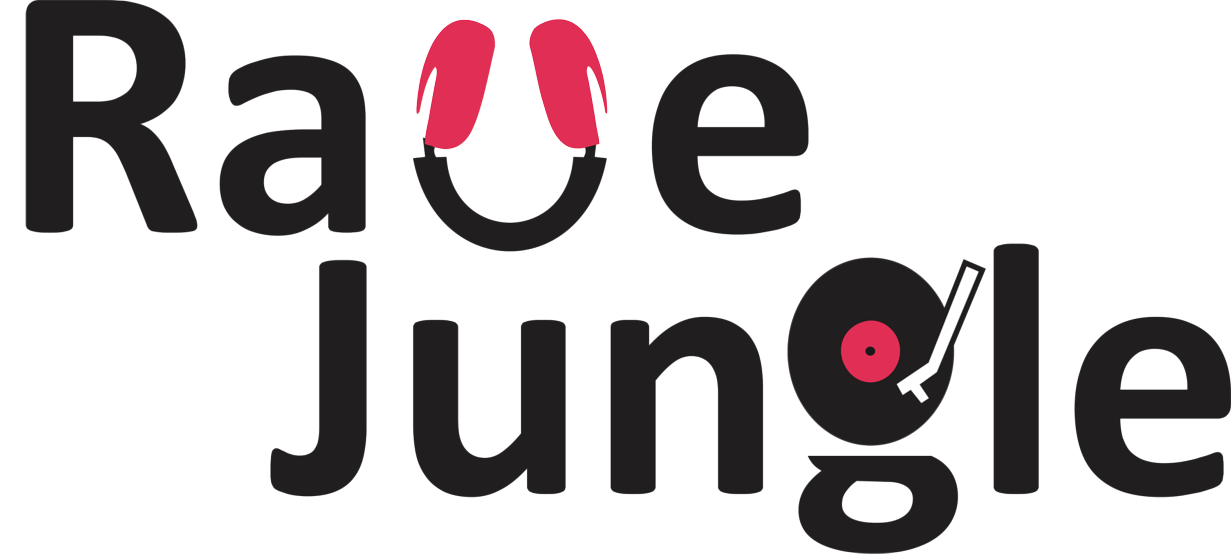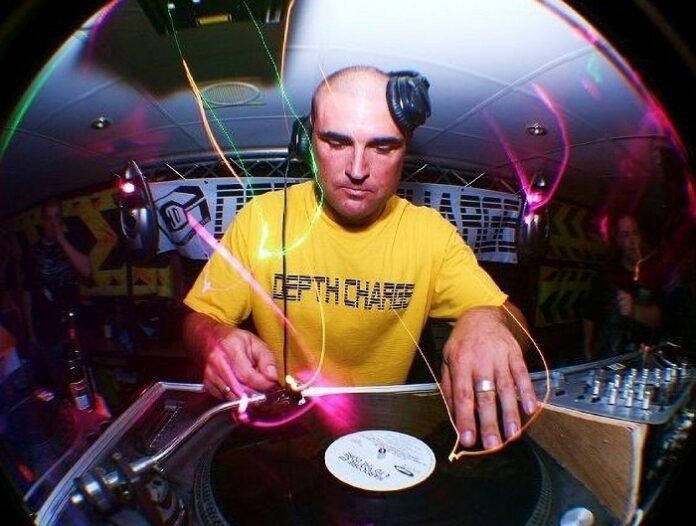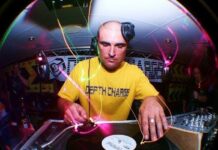Flatfoot Sam has been dabbling in the intricacies of music production ever since taking an interest in the Dance music from 18 years old. He kicked off his career with the releases of a few vinyl bangers in the early ’90s, which cemented his place in the industry. Shortly after, he found his feet in a new line of work – promoting dance parties.
His admiration for dance music has trumped every other genre that the scene has to offer, Flatfoot Sam has always been beguiled by the beauty and emotion conveyed through the art of electronic dance music.
We caught up with Flatfoot Sam to see his ‘Top Ten Plug-ins‘.
My Top Ten Plug-ins:
1. SPAN – This is a free Spectral analyser and is surprisingly free. Obviously listening to your mixes is the key way to mix but sometimes things are happening that you can see and not hear and SPAN is a great way of picking this up, like low end rumbles that need high passing etc. Also helps balance lows and highs in the mix and you can overlay the stereo image so you can ensure keeping the low end free of stereo which is sometimes something you can’t hear but would sound rubbish in a club.
2. FabFilter – The series of plug-ins that these guys do for graphic EQ / compression / saturation etc. is exceptional. The stock plug-ins in Ableton and other DAWs are good, very good in some cases but these guys really have pro versions of these and it is worth investing at some point to give better control over your mixes. It’s not essential to get going with but as you progress, it is worth considering.
3. Serum – Powerful software synth with some decent presets but it’s programmable ability is exceptional.
4. Sylenth – as Serum but comes with even bigger default sound banks and some really good ARP’s if you like to use these to fill in the sound space in your tracks.
5. Korg M1 – Classic software version of the hardware synth that gave us so many classic rave anthems from back in the day. As a lot of TripField has an old skool vibe to it, for me, this is quite an important plug in – also only about £50 so decent price. I do most of my classic piano voices from M1 plus I used the strings called “Grand Choir” is the chords in “I Never Left”
6. LFO tool – by Xfer who make Serum, this little shaping tool is really powerful for side-chaining or sound shaping. I often use it’s built in gating to add something to a sound or a vocal.
7. Captain Chords – This software helps with chord progressions. You set a key you want the track in and it gives you a set of chord progressions that work for the key, including some diverse ones that you may not think about naturally unless you are fairly advanced musically. I generally end up amending them slightly as it doesn’t always give me the emotion I am seeking but some are excellent. I used on in the most recent track I wrote on Saturday called “Belief” which is on the album “TripField” coming out 01/12/21.
8. MyMeter2 – visual (and free) dB meter for balancing sounds on channels or overall. Really handy for fixing a volume when you are then going to add effects which will raise / lower the volume and then you can put it back to what it was to ensure the difference is the effect not just a volume increase which can sometimes fool the ear into thinking it is better when it is really just louder.
9. WOW2 – funky box of tricks for adding filters to sounds to mess them up a bit.
10. Kick2 – kick drum generation tool that is great for making kicks from scratch and shaping their sound.

















